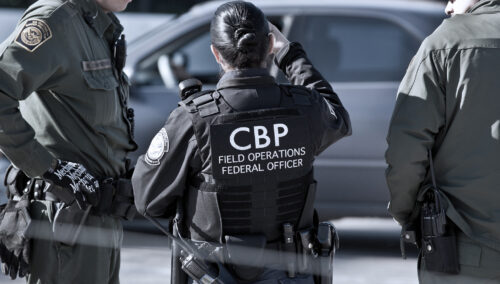The Secure Border Initiative (SBI), launched by the Department of Homeland Security (DHS) in 2005, is a cautionary tale of the dangers inherent in seeking a technological quick fix to the problem of unauthorized immigration. SBI calls not only for fencing the U.S.-Mexico border in the literal sense, but constructing a “virtual fence” as well. Since physical fencing can be climbed over, broken through, or dug under, it is complemented in SBI by a system of cameras and sensors—known as “SBInet”—that will, in theory, alert the Border Patrol whenever an unauthorized border crossing occurs.
However, SBI has not gone according to plan. Hundreds of miles in new fencing and vehicle barriers have been erected at the border at a cost of $2.4 billion, but there is no evidence this is enhancing border security or deterring unauthorized immigrants. And SBInet has been plagued by persistent technical problems, shoddy testing, and missed deadlines since the Boeing Corporation received over $1 billion worth of DHS contracts to develop it.



